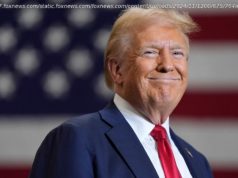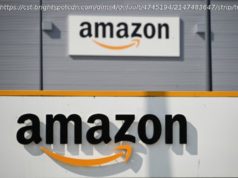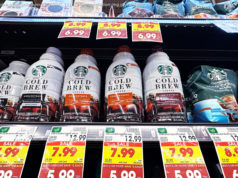Some people who received $1,200 stimulus checks in the mail turned to check cashers instead of banks. Research shows they paid a hefty price.
Almost one year ago, Congress authorized the first $1,200 stimulus checks to help Americans cope with the unprecedented coronavirus pandemic. Most of those payments – 74% – were sent by direct deposit to bank accounts. However, some 22% of Americans received the payments by paper check. People spent an estimated $66.6 million in fees to cash those checks through retailers or check cashers, according to a recent report by the non-profit organization Financial Health Network and published by Brookings Institution. With the next $1,400 checks poised to go out, more Americans may receive them directly via their bank now that the IRS has more accounts on record. Still, many individuals and families will likely turn to check cashers to access the money sent by paper checks and, as a result, may incur fees they otherwise would not have paid, according to Aaron Klein, senior fellow in economic studies at Brookings. In addition, the $1,400 will be subject to garnishment for certain debts. Consequently, people could turn to check cashers in an attempt to prevent the money getting siphoned from their bank accounts. Check cashers’ fees are often lower than overdraft fees, which may provide another incentive for people to turn to this method to access the stimulus money, Klein said.
Home
United States
USA — Financial It cost Americans more than $66 million to cash their first stimulus...






